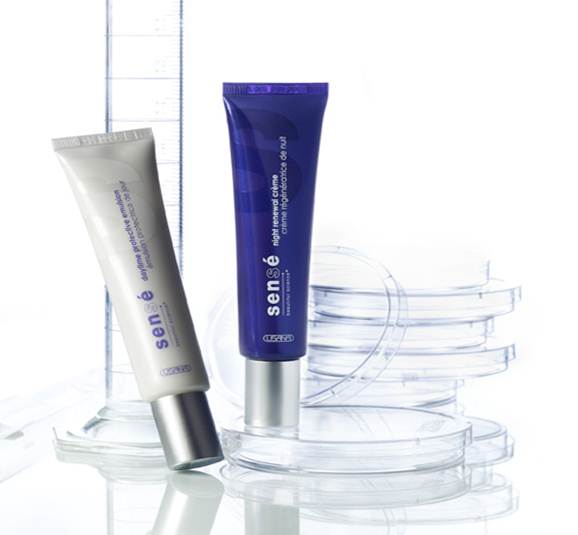How to protect yourself from the sun
Some exposure to ultraviolet radiation from the sun is necessary for the body to produce vitamin D. Overexposure can have harmful side effects, particularly in fair-skinned people who produce only small amounts of melanin, the protective pigment in the skin.
Doctors recommend that people wear sunscreen whenever they go out in the sun for a long period of time, especially during midday hours of 11 a.m. to 3 p.m. Hats help to shield your face and neck from much of the sun, but a sunscreen should always be worn. Most sunscreens, including the very common para-aminobenzoic acid (PABA), work by absorbing ultraviolet rays. There are also sunscreens available with titanium dioxide; these reflect the sun’s rays altogether.
There are some suntanning lotions and oils that do not contain any type of sunscreen in them. These will not protect your skin against sunburn or skin cancer. The most effective sunscreen products include a sun protection factor (SPF).
The U.S. Food and Drug Administration says sunscreens with an SPF from 15 to 30 are the most effective. After 30, there is some protective difference but it is very small. For example, increasing SPF from 30 to 50 increases protection by only 1 to 2 percent. Recommendations from the American Cancer Society say that a sunscreen with an SPF of 15 is the the most effective and most available to the public.
For children under the age of two, the FDA advises parents use sunscreen products with a minimum of SPF 15. Many doctors also recommend that infants under the age of six months should stay out of the sun completely.
Once you have a tan, a sunscreen with a lower SPF can be used. Also, take note of whether the sunscreen is waterproof or not. One trip in the water could wash off all of your protection against cancer.
The ozone layer shields the Earth from the sun’s ultraviolet rays. Researchers say the ozone layer has been eaten away by the mix of volcanic gases and manmade compounds. At the 1993 World Meteorological Organization meeting, researchers noted ozone levels had dropped over Northern Europe, Russia and Canada in tremendous amounts over the previous three years. Those levels continue to drop.
Ozone depletion has been linked to increased cases of skin cancer and vulnerability to blindness and disease. There are many studies being conducted to find the answers to the ozone connection and skin cancer, however none have conclusive evidence that there is a direct link.
Scientists offer many reasons to explain the increase in cases of skin cancer. One of course, is the depletion of the ozone layer. Another, since there is more awareness of the disease, its symptoms and prevention, more people are being diagnosed with it.
Some melanomas take years to grow, so some doctors believe that many Americans who spent years and even decades in the hot sun without protection, are paying for it now.
USANA Sense Skin Care Line has unique self-preserving formula with no added chemical preservatives nurtures your skin (US Patent 7,214,391)
Daytime Protective Emulsion – Lightweight daily moisturizer – contains Photosomes, Proflavanol T, Proteo C, Aloe, Licorice, Echinacea, and Centella asiatica, can help you defending against the sun exposure and the harsh environment.


